For the second straight week, SNL went political with its cold open. But with not much changing with an infrastructure bill dragged down by Democratic infighting and Republican obstructionism, the sketch comedy show settled on a new way to make fun of congressional inaction: Facebook.
It’s been a very bad week for Facebook, with evidence emerging that not only do those working for the company know they played a part in disinformation campaigns and the MAGA riot on January 6, but they actually tried to cover it all up. So a sketch where Facebook’s whistleblower is interviewed by Congress about all the wrong things certainly makes sense. The gist of the sketch is simple: most people in Congress are too old and out of touch to even really understand just how the social network’s algorithm can radicalize people. There were also, however, some opportunities for the cast to work on their political impressions.
Aidy Bryant’s Ted Cruz drew wild applause from the studio audience, as well as one of the bigger laughs of the sketch.
“‘Ted Cruz sucks’ isn’t misinformation it’s just one person’s opinion,” the whistleblower says at one point.
SNL newcomer James Auston Johnson also showed off a twist on a Lindsey Graham impression, framing the South Carolina senator as someone obsessed with working out to pull off a cosplay outfit.
“Everyone knows you need the V,” he said during the very suggestive bit. There was also, improbably, an Animorphs reference through some memes.
Facebook was also in the crosshairs of Weekend Update, with Colin Jost making jokes about his former Harvard classmate Mark Zuckerberg as well.
“Sometimes I wish I had a time machine so I could go back to college and find mark and say ‘Hey man! Can I be part of your company?’” Jost said.


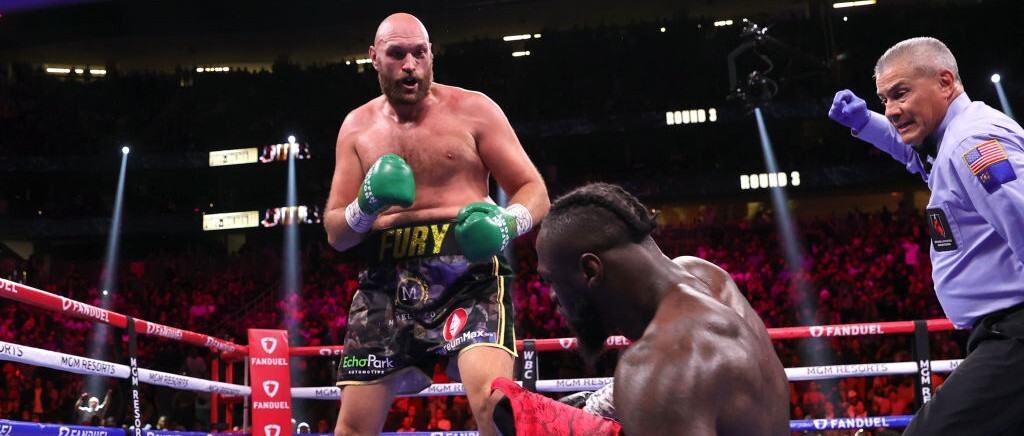


 THIS TRILOGY
THIS TRILOGY 


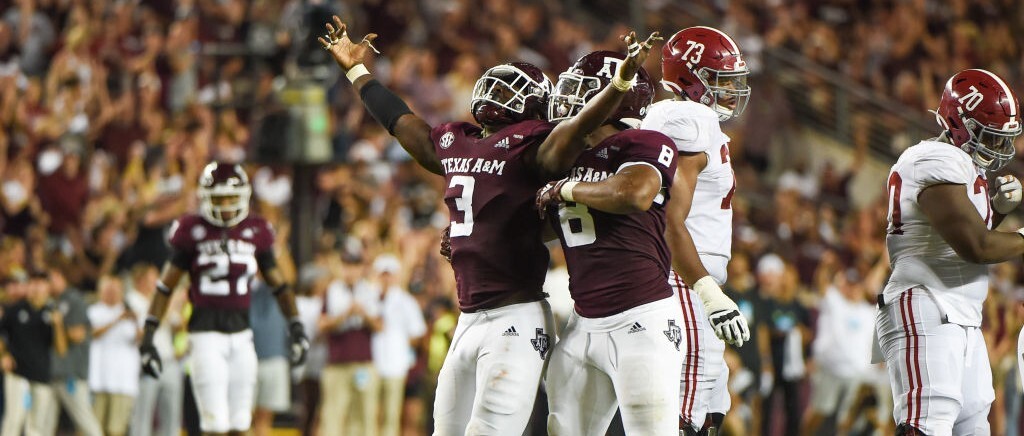
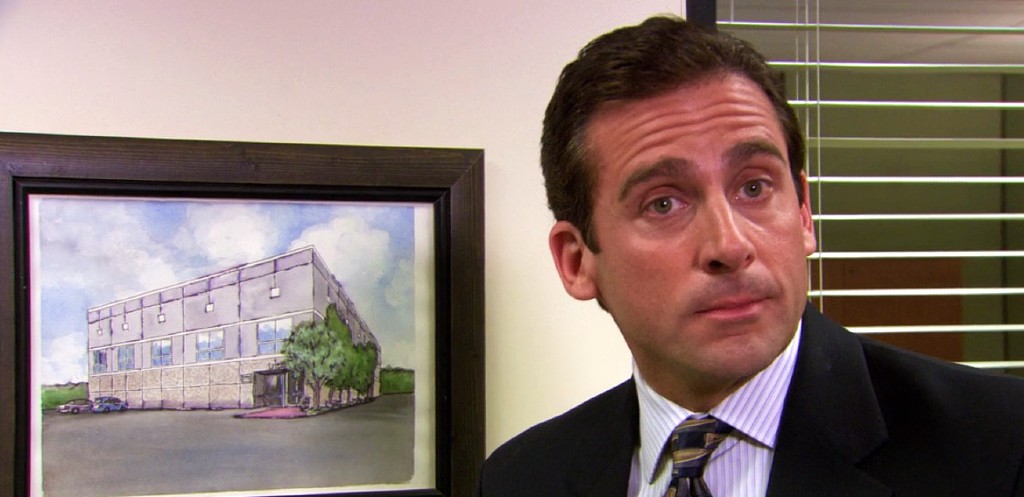
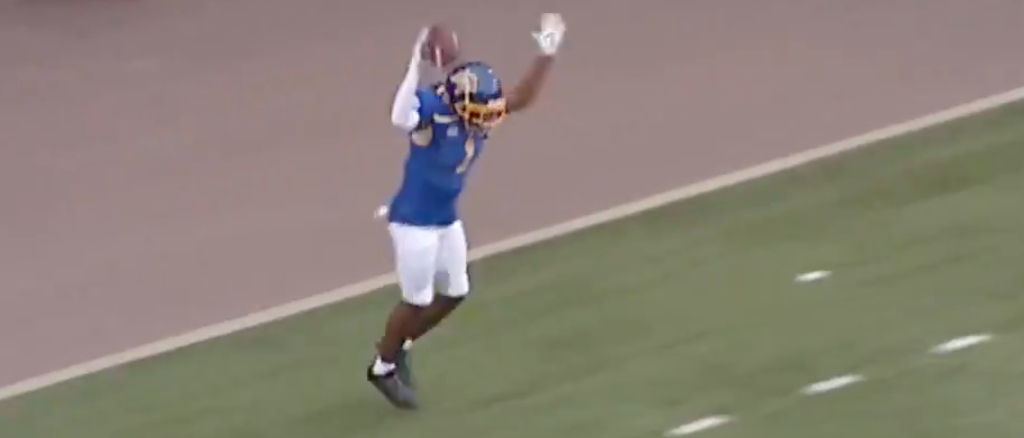

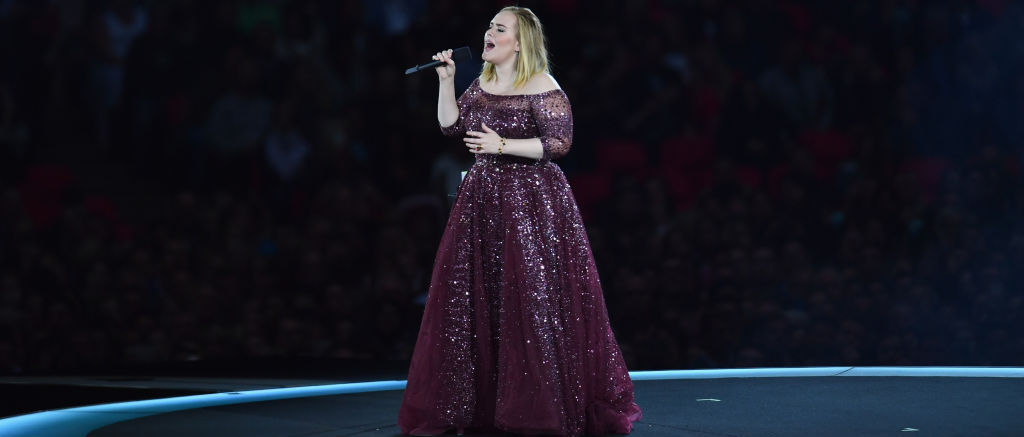

 (@zagu_grande)
(@zagu_grande) 
 (@jameelajamil)
(@jameelajamil)